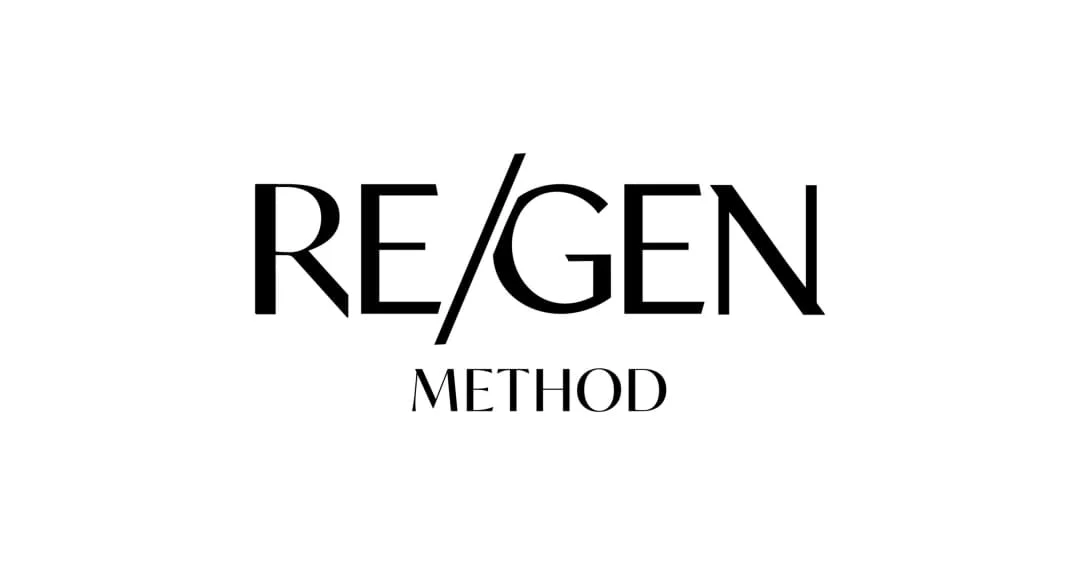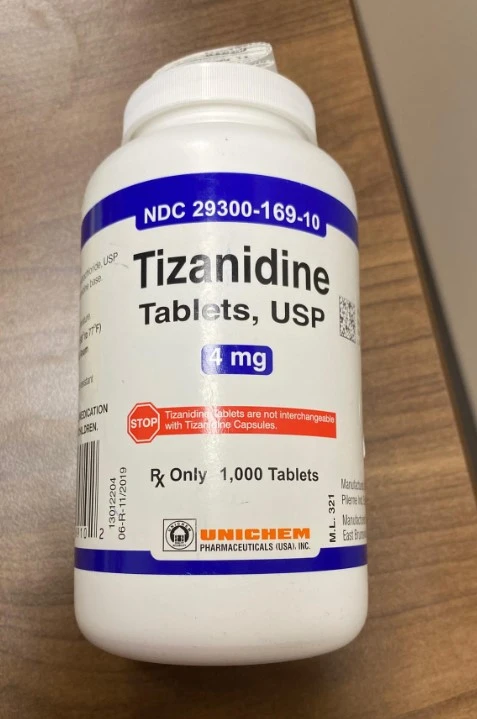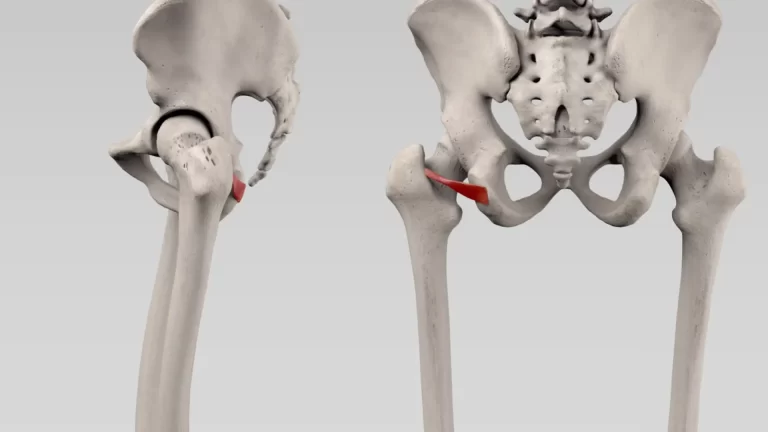Regen Exercise
What is a Regen Exercise?
“Regen Exercise” likely refers to a specific type of workout that combines elements of regeneration (or recovery) with effective strength and cardiovascular training. The focus is on delivering a challenging workout that enhances fitness without causing burnout or injury, often blending techniques like Pilates, functional strength training, and HIIT (High-Intensity Interval Training).
Here’s what such a workout typically involves:
Regen Exercise Overview:
1. Purpose:
- Regeneration: Incorporates recovery-focused movements to enhance flexibility, mobility, and muscle recovery.
- Effectiveness: Aims to deliver a high-quality workout in a short period, improving strength, endurance, and overall fitness.
- Injury Prevention: Designed to minimize the risk of injury by balancing intensity with recovery and emphasizing proper form.
2. Workout Structure (50 minutes):
- Warm-Up (5-10 minutes):
- Dynamic stretches and mobility exercises to prepare the body for the workout.
- Pilates Component (10-15 minutes):
- Core-focused exercises that improve stability, flexibility, and mind-body connection.
- Functional Strength Training (15-20 minutes):
- Compound movements like squats, lunges, and push-ups, using body weight or light resistance to build functional strength.
- HIIT (10-15 minutes):
- Short bursts of high-intensity exercises followed by brief rest periods to maximize calorie burn and cardiovascular fitness.
- Cool-Down (5-10 minutes):
- Gentle stretching and breathing exercises to promote muscle recovery and relaxation.
Benefits of Regen Exercise
Regen exercise, which blends elements of Pilates, functional strength training, and High-Intensity Interval Training (HIIT), offers a range of benefits that make it an ideal choice for a comprehensive fitness routine. Here are the key benefits:
1. Improved Overall Fitness
- Strength and Endurance: Functional strength training components help build muscle strength and endurance, improving overall fitness and making daily activities easier.
- Cardiovascular Health: The HIIT elements boost heart health by improving cardiovascular endurance and increasing metabolic rate, leading to better heart and lung function.
2. Enhanced Flexibility and Mobility
- Pilates Influence: The inclusion of Pilates exercises helps improve flexibility and mobility, particularly in the core, hips, and spine, leading to better posture and a reduced risk of injury.
- Injury Prevention: By focusing on controlled, precise movements, Regen exercise strengthens the muscles and joints, reducing the likelihood of strains and sprains.
3. Balanced Workout
- Low Impact, High Reward: Regen exercise delivers the benefits of a high-intensity workout without the high impact, making it suitable for people of all fitness levels, including those recovering from injury or with joint issues.
- Sustainable Intensity: The workout is designed to be intense enough to be effective but includes recovery periods that prevent burnout, making it easier to stick with long-term.
4. Time Efficiency
- Comprehensive in 50 Minutes: The workout combines strength, cardio, and flexibility training into a single 50-minute session, providing a complete fitness regimen in a short time frame.
5. Mental and Physical Balance
- Mind-Body Connection: The Pilates component emphasizes breathing and concentration, fostering a stronger mind-body connection, which can improve mental clarity and reduce stress.
- Stress Relief: The balanced nature of the workout, along with the focus on controlled breathing, helps to reduce stress and promote a sense of well-being.
6. Adaptability
- Customizable: The exercises can be modified to suit different fitness levels, making it accessible to beginners while still challenging for more advanced participants.
- Versatile: Whether you’re looking to lose weight, build muscle, increase flexibility, or improve overall fitness, Regen exercise can be tailored to meet your specific goals.
7. Enhanced Recovery
- Supports Recovery: The regenerative aspect of the workout helps in muscle recovery, reducing soreness and fatigue, and preparing the body for the next workout.
- Prevents Overtraining: By incorporating recovery-focused movements and avoiding excessive intensity, the workout helps prevent overtraining, which can lead to injuries or burnout.
Overall, Regen exercise offers a well-rounded approach to fitness that supports long-term health, flexibility, and strength, all while minimizing the risk of injury and promoting mental well-being.
Regen Exercise Physiology
Regen exercise combines various training methodologies like Pilates, functional strength training, and High-Intensity Interval Training (HIIT) to create a balanced workout. From a physiological standpoint, this type of exercise offers multiple benefits, targeting different systems in the body. Here’s how it works:
1. Musculoskeletal System
- Muscle Strength and Hypertrophy: Functional strength training in Regen exercise engages multiple muscle groups through compound movements. This helps in muscle hypertrophy (growth) and strength development by stimulating muscle fibers, particularly type II (fast-twitch) fibers, which are crucial for power and strength.
- Flexibility and Mobility: Pilates exercises focus on controlled, precise movements that enhance flexibility and joint mobility. This aspect of Regen exercise promotes lengthening of the muscles and improves the range of motion in the joints, which is crucial for preventing injuries and maintaining overall musculoskeletal health.
- Core Stability: The emphasis on core exercises, especially through Pilates, strengthens the deep stabilizing muscles of the abdomen, lower back, and pelvis. A strong core supports proper posture, balance, and efficient movement patterns, reducing the risk of injury.
2. Cardiovascular System
- Cardio Conditioning: The HIIT component of Regen exercise involves short bursts of intense activity followed by rest or lower-intensity periods. This format effectively improves cardiovascular fitness by increasing heart rate variability and enhancing the efficiency of the heart and lungs.
- Increased VO2 Max: HIIT training is known to improve VO2 max, which is the maximum rate of oxygen consumption during exercise. This enhances aerobic endurance and the body’s ability to sustain high-intensity efforts over time.
- Improved Circulation: The alternation between high and low-intensity exercises helps stimulate blood flow, improving circulation and oxygen delivery to tissues, which is essential for recovery and overall cardiovascular health.
3. Metabolic System
- Fat Burning and Metabolism: HIIT is particularly effective at increasing the metabolic rate, even after the workout has ended, a phenomenon known as excess post-exercise oxygen consumption (EPOC). This leads to more calories being burned at rest, which is beneficial for fat loss.
- Glucose Regulation: Regular participation in Regen exercise can improve insulin sensitivity and glucose metabolism, which is crucial for energy management and reducing the risk of metabolic disorders like type 2 diabetes.
4. Neuromuscular System
- Motor Control and Coordination: The integration of Pilates and functional training in Regen exercise enhances neuromuscular coordination by requiring precise, controlled movements. This improves the connection between the nervous system and muscles, leading to better movement efficiency and reduced injury risk.
- Muscle Activation Patterns: Functional training encourages the use of muscles in ways that mimic real-life activities, promoting more natural and efficient muscle activation patterns. This helps in improving everyday functional movements like lifting, bending, and twisting.
5. Endocrine System
- Hormonal Balance: Regen exercise, particularly HIIT, can stimulate the release of growth hormone and testosterone, both of which are important for muscle growth and fat metabolism. Additionally, the reduction in stress levels from the recovery-focused elements can lead to lower cortisol levels, promoting a better overall hormonal balance.
- Endorphin Release: The workout’s blend of intensity and recovery also triggers the release of endorphins, the body’s natural painkillers, leading to improved mood and reduced perception of pain.
6. Respiratory System
- Breath Control: Pilates exercises, which emphasize breath control, improve respiratory efficiency. This helps in better oxygen uptake and carbon dioxide expulsion, enhancing overall respiratory health.
- Increased Lung Capacity: The cardiovascular demands of the HIIT component help to increase lung capacity over time, improving the body’s ability to take in and utilize oxygen effectively.
7. Recovery and Regeneration
- Muscle Recovery: The incorporation of low-impact exercises and active recovery phases within the workout supports muscle repair and regeneration, helping to reduce soreness and prevent overtraining.
- Inflammation Reduction: Regular engagement in this balanced exercise routine can help manage and reduce systemic inflammation, promoting overall health and recovery.
8. Psychological Effects
- Stress Reduction: The mindful aspects of Pilates, combined with the physical release from intense exercise, contribute to significant stress reduction. The structured intensity-recovery format prevents burnout, which can have long-term psychological benefits.
- Enhanced Mental Clarity: The mind-body connection fostered by controlled movements and breathwork in Pilates can improve focus, concentration, and mental clarity.
Conclusion:
Regen exercise physiology illustrates how this balanced workout approach optimizes multiple bodily systems, enhancing overall health and fitness. By integrating elements that target strength, flexibility, cardiovascular health, and mental well-being, Regen exercise provides a comprehensive, sustainable approach to fitness.
Regen Workout at Home
A Regen workout is highly adaptable for home exercise, requiring minimal equipment while delivering a balanced, effective fitness routine. Below is a 50-minute Regen workout plan you can do at home:
Equipment Needed:
- Mat (for Pilates and floor exercises)
- Light Dumbbells (optional, for added resistance)
- Resistance Band (optional, for strength training)
- Timer (for HIIT intervals)
Workout Structure:
1. Warm-Up (5-10 minutes)
- Jumping Jacks (1 minute): Start with light cardio to elevate your heart rate.
- Arm Circles (1 minute): Forward and backward, to loosen up the shoulders.
- Leg Swings (1 minute each side): Swing one leg forward and backward, then switch.
- Torso Twists (1 minute): Gently twist from side to side to warm up the spine.
- Hip Circles (1 minute): Rotate hips in a circular motion to mobilize the lower body.
2. Pilates Component (10-15 minutes)
- Hundred (2 minutes): Lie on your back, lift your legs to a tabletop position, and pump your arms up and down while holding your head and shoulders off the mat.
- Single-Leg Stretch (2 minutes): From the same position, extend one leg out straight while pulling the other knee towards your chest, alternating legs.
- Plank (3 minutes, 1-minute hold with 30 seconds rest between sets): Hold a forearm plank position, keeping your core tight and back straight.
- Side-Lying Leg Lifts (2 minutes each side): Lie on your side and lift your top leg up and down with control to target the outer thighs and hips.
3. Functional Strength Training (15-20 minutes)
- Bodyweight Squats (3 sets of 15 reps): Stand with feet shoulder-width apart, lower into a squat, and rise back up, focusing on engaging your glutes and quads.
- Push-Ups (3 sets of 10-15 reps): Perform on your toes or knees, maintaining a straight line from head to heels.
- Resistance Band Rows (3 sets of 15 reps): Anchor a band at a low point, stand facing the anchor, and pull the band towards your torso, squeezing your shoulder blades together.
- Glute Bridges (3 sets of 15 reps): Lie on your back with knees bent, lift your hips off the ground, squeezing your glutes at the top.
- Lunges (3 sets of 10 reps per leg): Step forward with one leg, lower your hips until both knees are at 90 degrees, then return to the start and switch legs.
4. HIIT Component (10-15 minutes)
- 30 seconds of work, 15 seconds of rest, repeat each exercise twice:
- Burpees: Start standing, drop into a squat, kick your legs back into a plank, return to squat, and jump up.
- Mountain Climbers: From a plank position, alternate bringing knees towards your chest as quickly as possible.
- High Knees: Run in place, lifting your knees as high as possible.
- Squat Jumps: Perform a squat, then jump up explosively, landing softly back into the squat.
- Plank Jacks: In a plank position, jump your feet out and in like a jumping jack.
5. Cool-Down and Stretching (5-10 minutes)
- Child’s Pose (1-2 minutes): Sit back on your heels, reach your arms forward, and relax your head down.
- Hamstring Stretch (1-2 minutes each leg): Sit on the floor with one leg extended, reach towards your toes.
- Quad Stretch (1-2 minutes each leg): Stand and pull one foot towards your glutes, keeping your knees together.
- Chest Stretch (1-2 minutes): Interlace your fingers behind your back and lift your arms to open the chest.
- Deep Breathing (1-2 minutes): Sit or lie down, focus on deep, slow breaths to relax your body and mind.
Tips for Success:
- Consistency: Aim to do this workout 3-4 times a week for the best results.
- Progressive Overload: Gradually increase the intensity by adding weights or increasing the duration of exercises.
- Listen to Your Body: Modify exercises as needed, especially if you’re new to some movements or feel any discomfort.
This at-home Regen workout provides a comprehensive fitness routine that balances strength, cardio, and flexibility, all while minimizing the risk of injury and supporting recovery.







